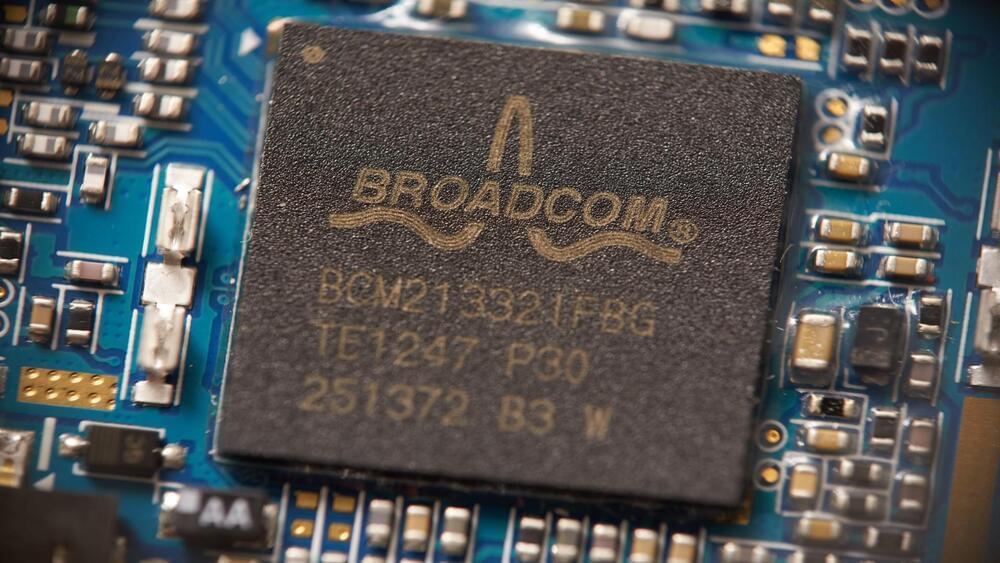Either the great copyright battle pitting the record industry against generative artificial intelligence has begun or someone’s clout-chasing AI headlines.
The generative AI music hype train only needed about 48 hours to go from “oh, that’s interesting” to full Balenciaga pope territory, and while it’s clear someone is using the technology to run a scheme, we’re still not sure who it is.
Here’s the short version:
Something doesn’t make sense.







